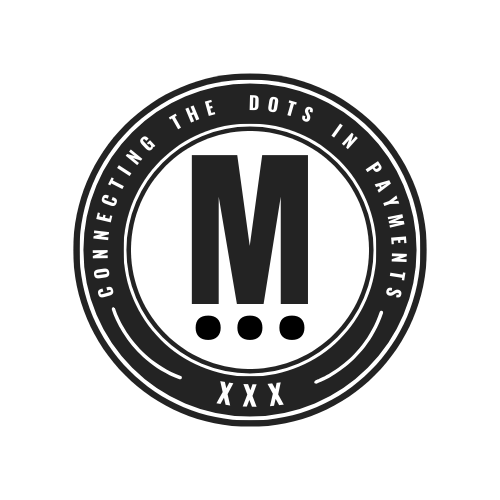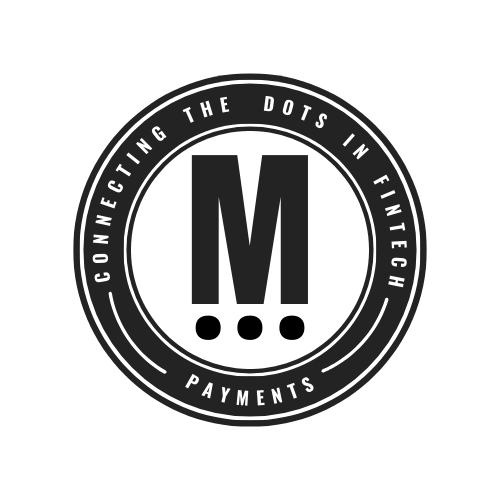Mastercard Targets 100% E-Commerce Tokenization by 2030

Hey Payments Fanatic!
Mastercard has set an ambitious goal to achieve 100% e-commerce tokenization by 2030, aiming to phase out manual card entry and enhance the security and accessibility of online shopping.
Tokenization, introduced by Visa and Mastercard in 2014, replaces the 16-19 digit number on payment cards with a secure token. This process not only reduces fraud but also improves transaction approval rates.
Recently, Visa issued its 10 billionth token, while Mastercard reports that its tokenization service currently secures 25% of all e-commerce transactions globally, with adoption increasing by 50% year-over-year.
Despite these advancements, online payment fraud remains a significant challenge, with predictions that it will exceed $91 billion by 2028. In response, Mastercard is intensifying its security efforts.
In addition to tokenization, Mastercard is making it easier for merchants to embed Click to Pay on their sites, eliminating the need for manual card entry. The company is also promoting the use of passkeys, leveraging mobile device-based biometric authentication to replace passwords and one-time codes.
Mastercard is prioritizing Europe for this 100% tokenization commitment due to the continent's leadership and innovation in the payments industry.
Enjoy more Payments updates I listed for you below, and I'll be back with more tomorrow!
Cheers,
INSIGHTS
📈 The Great Bank Unbundling, by Contrary Research. Embedded Financial Services presents an opportunity for software companies to unlock new revenue streams via 𝗶𝗻𝘁𝗲𝗿𝗰𝗵𝗮𝗻𝗴𝗲, and improve retention. Read the complete deep dive here

📊 Trends in Regional Payments. This report explores principal payment trends throughout North America, Latin America, Europe, Asia, and Africa. It examines the genesis of these, and spotlight success barriers, opportunities, and potential impacts.
PAYMENTS NEWS
🇺🇸 Affirm buy now, pay later (BNPL) loans will be embedded into Apple Pay later this year. Apple device users will soon be able to tap into buy now, pay later loans from Affirm for purchases, the companies said Tuesday. Affirm will surface as an option for U.S. Apple Pay users on iPhones and iPads later this year, the San Francisco-based FinTech company said in a filing. Apple confirmed the news.
🇦🇪 Worldwide Cash Express teams up with TerraPay to broaden global payment services. According to the two entities, this partnership aims to boost customers' cross-border payment experience by making it faster, more secure, and more cost-effective.
🇪🇬 Cairo-headquartered FinTech Valu launches Ulter, a payment program for luxury purchases. Ulter has the highest credit limit in the country, and offers flexible repayment plans spanning up to 60 months with no down payment, subject to the financed amount.
🇬🇧 Payments Orchestration platform Paysecure expands into LatAm and a55 has joined Paysecure as part of its strategic expansion plans. The collaboration is poised to revolutionize banking services for SMEs, enabling seamless integration with banks and PSPs in the region.
🇬🇧 Jaja Finance turns to TrueLayer to smooth credit card repayments. Jaja will leverage TrueLayer’s Payments product to offer instant pay-ins, allowing customers to make one-off credit card repayments directly from their bank account.
🇩🇪 German banks to shut down their PayPal competitor Giropay/Paydirekt and instead throw their weight behind continent-wide startup the European Payments Initiative (EPI). It is understood that both Paydirekt and Giropay will be abandoned by the banks at a shareholder meeting this week.
🇺🇸 Dash and Visa team on real-time payments in healthcare. The agreement leverages Visa’s digital payment network, Visa Direct, to allow Dash customers to send real-time payments to billions of eligible cards, bank accounts, and digital wallets.
GOLDEN NUGGET
Have you wondered what happens under the hood when you pay with USD and the seller from Europe receives EUR (euro)?
This process is called foreign exchange:

Suppose Bob (the buyer) needs to pay 100 USD to Alice (the seller), and Alice can only receive EUR. The diagram below illustrates the process.
1️⃣ Bob sends 100 USD via a third-party payment provider.
In the example below, it is Paypal.
The money is transferred from Bob’s bank account (Bank B) to Paypal’s account in Bank P1.
2️⃣ Paypal needs to convert USD to EUR.
It leverages the foreign exchange provider (Bank E). Paypal sends 100 USD to its USD account in Bank E.
3️⃣ 100 USD is sold to Bank E’s funding pool.
4️⃣ Bank E’s funding pool provides 88 EUR in exchange for 100 USD.
The money is put into Paypal’s EUR account in Bank E.
5️⃣ Paypal’s EUR account in Bank P2 receives 88 EUR.
6️⃣ 88 EUR is paid to Alice’s EUR account in Bank A.
Now let’s take a close look at the foreign exchange (forex) market.
It has 3 layers:
► Retail market. Funding pools are parts of the retail market. To improve efficiency, Paypal usually buys a certain amount of foreign currencies in advance.
► Wholesale market. The wholesale business is composed of investment banks, commercial banks, and foreign exchange providers. It usually handles accumulated orders from the retail market.
► Top-level participants. They are multinational commercial banks that hold lots of money from different countries.
When Bank E’s funding pool needs more EUR, it goes upward to the wholesale market to sell USD and buy EUR.
When the wholesale market accumulates enough orders, it goes upward to top-level participants. Steps 3.1-3.3 and 4.1-4.3 in the infographic explain how it works.
Source: ByteByteGo
Want your message in front of 100.000+ FinTech fanatics, founders, investors, and operators?
Shoot me a message on LinkedIn.


Comments ()